Salon du Dessin 2016
From the art fair’s website:
Salon du Dessin 2016
Palais Brongniart, Paris, 30 March — 4 April 2016 / Symposium, 30–31 March 2016
 The Salon du Dessin is a unique event of worldwide renown, lead by its new chairman Louis de Bayser. Serving as a reference for drawing collectors, the Fair also gathers curators, experts or amateurs from across the globe. This year, the Salon du Dessin, will feature 39 prestigious galleries specialising in Old Masters, Modern and Contemporary drawings. More than 1000 drawings will be showcased in the prestigious Palais Brongniart.
The Salon du Dessin is a unique event of worldwide renown, lead by its new chairman Louis de Bayser. Serving as a reference for drawing collectors, the Fair also gathers curators, experts or amateurs from across the globe. This year, the Salon du Dessin, will feature 39 prestigious galleries specialising in Old Masters, Modern and Contemporary drawings. More than 1000 drawings will be showcased in the prestigious Palais Brongniart.
To celebrate its 25th anniversary, special works from the Pushkin State Musuem will be unveiled for the first time in France. Curator of French drawings at the Pushkin State Museum and curator of the exhibition Vitaly Michine worked with curators from the private collections department along with the graphic arts department of the Pushkin State Museum to choose the twenty-six works that will be exhibited. Of the drawings, Russian artists produced seventeen, among which three come from Zilberstien collection; nine of the works were produced by European artists.
◊ ◊ ◊ ◊ ◊
Salon du Dessin 2016 Symposium
Palais Brongniart, Paris, 30–31 March 2016
W E D N E S D A Y , 3 0 M A R C H 2 0 1 6
• Sarah Catala, ‘Carcer Socratis Domus Honoris’: The Drawings of Hubert Robert in Prison
• Anne Lenoir and Sophie Join-Lambert, Joseph-Benoit Suvée: A New View of Italy, 1772–78
• Anna Ottani Cavina, Jean-Thomas Thibault: Italian Landscapes, 1788–92
• Emilie Beck Saiello, Typology of Vernet’s Sketchbooks
• Benjamin Couilleaux, Jean-Baptiste Huet: A Neoclassical Artist?
T H U R S D A Y , 3 1 M A R C H 2 0 1 6
• Louis-Antoine Prat, Some New Drawings by David
• Patrick Ramande, The Second Part of the Album of Jean-Germain Drouais de Rennes
• Sylain Laveissière, Prud’hon Draughtsman
• Mehdi Korchane, The Nude under His Skin: The Academic Drawings of Jean-Baptiste Regnault
• Isabelle Mayer-Michalon, Drawings by Charles-Toussaint Labadye for the 1798 Rome Competition: The Battle between the Horatii and the Curiatii
• Rébecca Duffeix, Drawings by Alexandre-Évariste Fragonard in Sèvres
2016 Summer Institute in Technical Art History for PhD Students

◊ ◊ ◊ ◊ ◊
From the Institute of Fine Art’s Conservation Center:
Manifestations of the Model in Art and Architecture
2016 Summer Institute in Technical Art History for PhD Students
Institute of Fine Arts, New York University, 6–17 June 2016
Applications due by 21 March 2016
The Summer Institute in Technical Art History (SITAH) is an intensive two-week course, geared towards PhD candidates in art history who are looking to delve more deeply into technical studies. Students are immersed into the world of technical art history and conservation of works of art, with faculty ranging from conservators to conservation scientists, curators, art historians, and artists. The course takes full advantage of the wonderful resources of New York City, and many sessions are held in local conservation labs, where attendees have the opportunity to closely examine works of art with experts in the field. Off-site visits also include artists’ studios, museum permanent collections, and, where relevant, special exhibitions and galleries. A priority is placed on case studies and discussions, and students are encouraged to build relationships within the group, in the hopes of enriching their own research.
This year’s Summer Institute in Technical Art History focuses on forms of the model in art and architecture. We will examine preparatory materials such as sketches, bozzetti, and architectural plans, as well as presentation models for sculpture and architecture, and will look for evidence of the model in the finished work of art. Our study will consider works that served as models for other media, like prints and lay figures; maps, globes, and three-dimensional botanical and medical replicas; so-called tomb models; the contemporary use of models in art making; and the afterlives of models as collection objects. This topic will allow us to explore questions of scale, material, and process through close examination of objects in New York City museums and conservation laboratories.
Participants will study with distinguished conservators, art historians, scholars and artists, with a focus on materiality and process through close looking at art objects. Hands-on studio sessions will introduce historic and contemporary working practices. Participants will discuss how these methodologies materially and theoretically inform their own diverse research interests. This seminar will provide a forum to develop critical skills in the interpretation of object-based analyses.
Generously funded by the Andrew W. Mellon Foundation, the seminar will be held at the Conservation Center of the Institute of Fine Arts, and in New York City’s leading museums. Participants will receive housing and a stipend of $1400 to help defray travel costs.
Students currently enrolled in or completing a doctoral program in the US and Canada are eligible to apply. No background in science or conservation is required. A maximum of fifteen participants will be admitted to the program. Applicants will be evaluated on the basis of their academic accomplishment to date and on their expressed interest in integrating technical art history into their own research.
Applicants should submit a cover letter addressed to Professor Michele Marincola, Conservation Center, Institute of Fine Arts, NYU; a statement of purpose (maximum 1200 words) expressing interest in integrating technical art history into their research; a letter of support from their advisor that addresses their academic standing and their interest in the topic; and an academic and professional CV. The application deadline is March 21, 2016. Please submit applications in electronic format to: Sarah Barack, course coordinator, sb340@nyu.edu.
Exhibition | Grezler’s Choices: Work from the ITAS Collection
Now on view at the Castello del Buonconsiglio:
Grezler’s Choices: Work from the ITAS Collection, 1500–1900
Le scelte di Grezler: Opere antiche della collezione Itas al Castello del Buonconsiglio
Castello del Buonconsiglio, Trento, 5 December 2015 — 1 May 2016

Bernardino Nocchi (previously attributed to Pompeo Batoni), Vulcan Delivering the Weapons of Aeneas to Venus, second half of the eighteenth century
Claudio Grezler, well known in Trento as having been president for over twenty years of the insurance company ITAS (Istituto Trentino Alto Adige per Assicurazioni), was also distinguished as a passionate art-lover. Over the years, this passion translated itself in the accumulation of a rich and varied personal collection of paintings. For the most part consisting of pictures by Italian and Flemish artists from the 1500s to the 1800s, his collection included outstanding works along the theme of the sacred and profane, of portraits, battles, and landscapes. By his own wish, his collection was merged with that of ITAS on his death and, in 1981, was exhibited in the prestigious setting of Buonconsiglio Castle. Claudio Grezler expressly wished that his collection, built up “with time, effort and sacrifice” should not be divided up and should instead become a public heritage.
Today, in gathering together this important patrimony, the Buonconsiglio Castle museum and ITAS have worked in harmonious synergy to pay homage to this important figure through a new initiative in appreciation of his collection. After assiduous research and a painstaking restoration process, the paintings are presented to the public in an exhibition that is further enriched by other exquisite works that Grezler, during his time as president, had added to the insurance company’s own collection.
Among the works exhibited are many that have only now, thanks to research conducted especially for this occasion, emerged from anonymity and been associated with their legitimate authors. We can, for instance, now admire Antonio Giuseppe Sartori’s baroque relief featuring the figure of Saint Florian, the patron saint of fire-fighters which is ideally suited to the insurance activities of ITAS. Present, too, is a delicate representation of Holy Conversation attributed to Nicolò de Barbari, alongside a sumptuous painting by Antonio Marini and an equally vivacious Bacchanalia from the Flemish school.

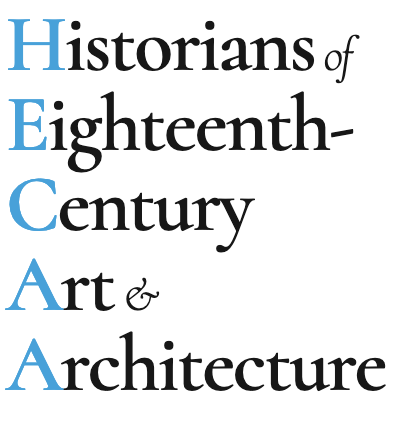

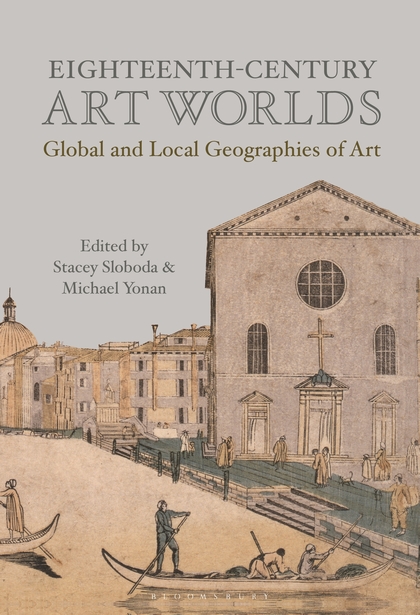

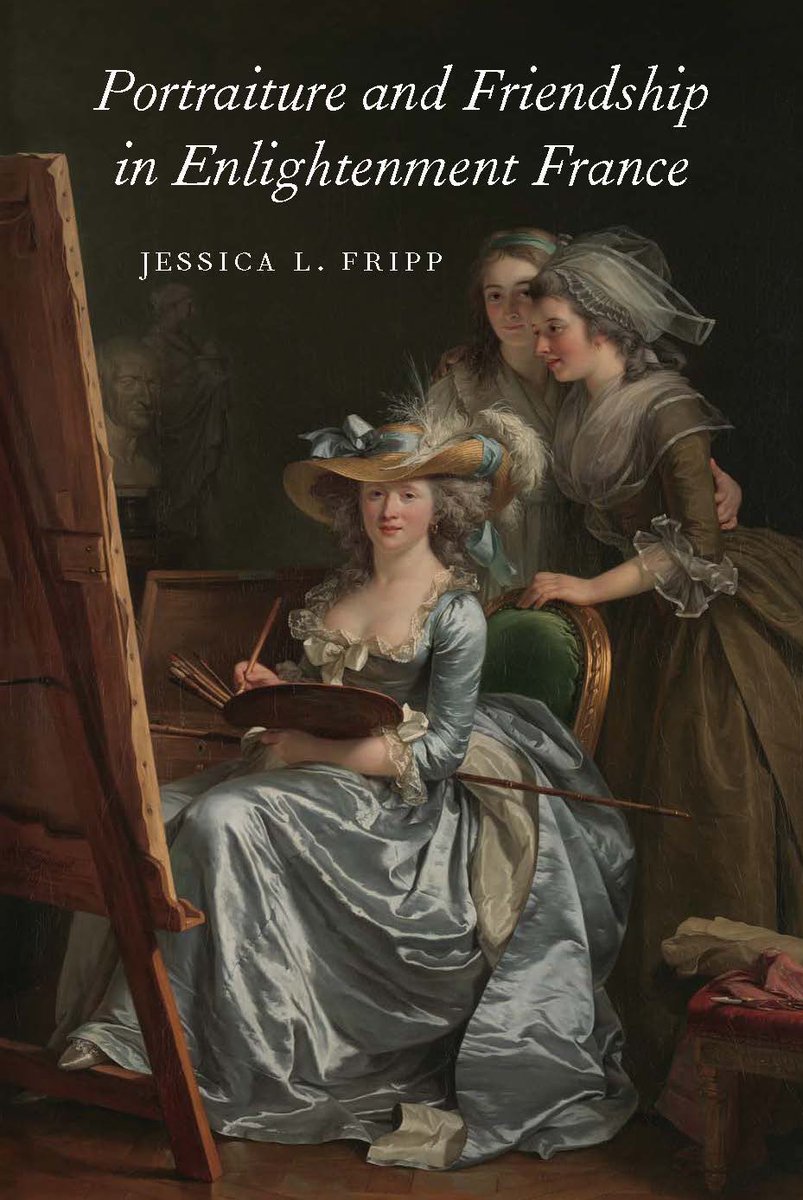















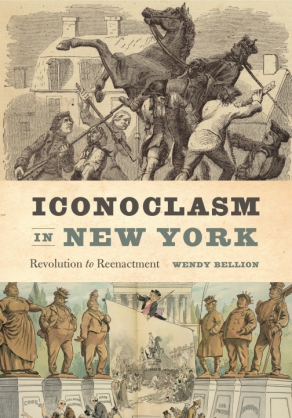



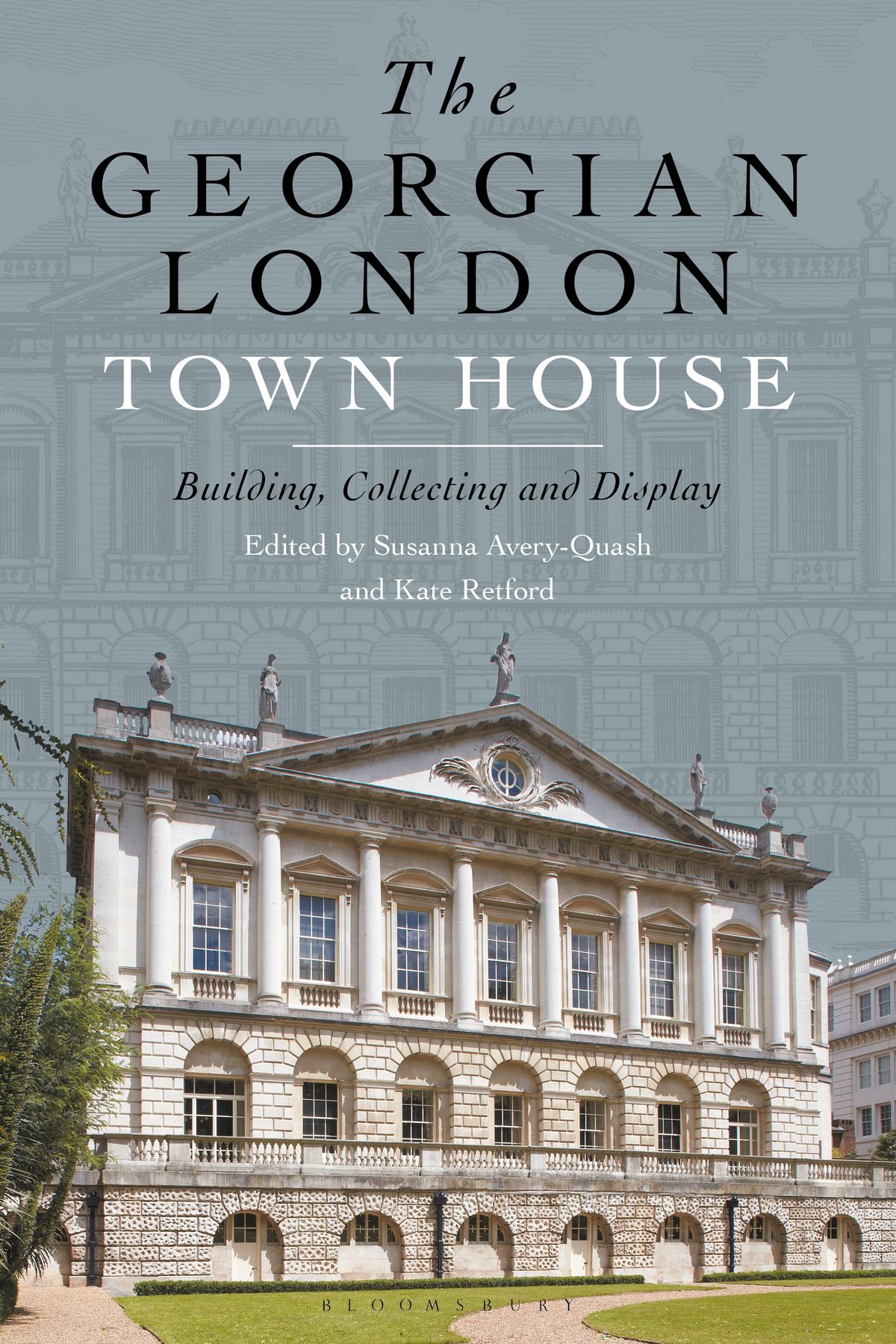


leave a comment